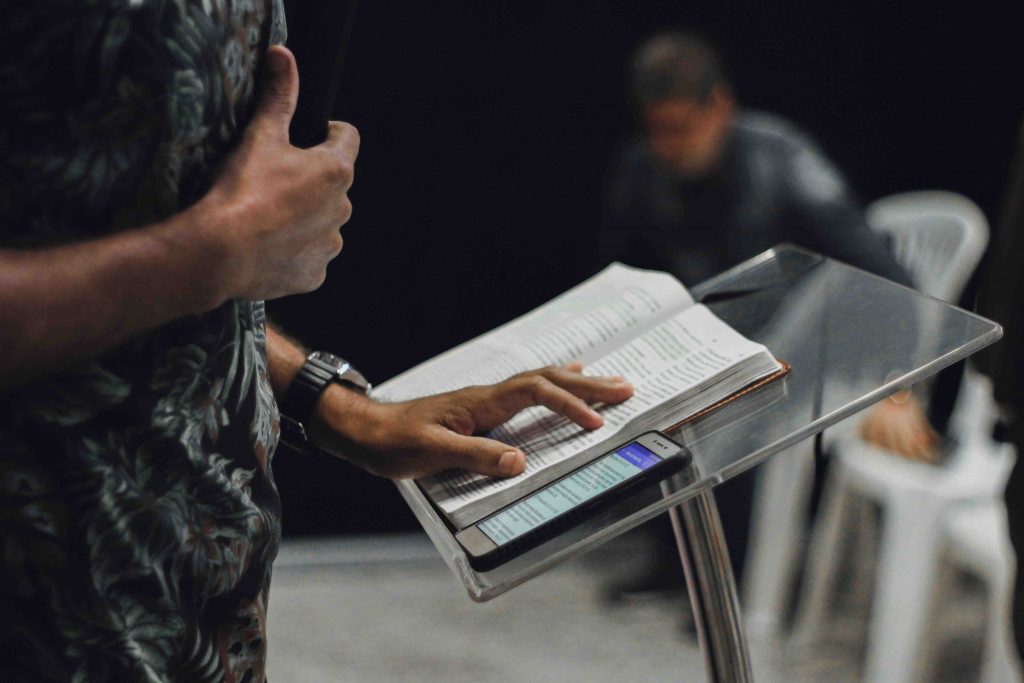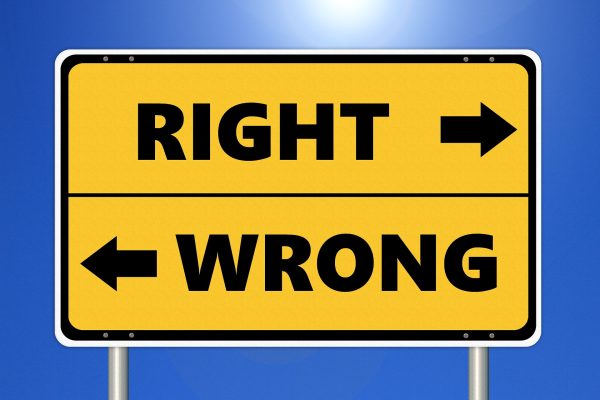Home>Christian Life>Everything You Need to Know About Sermon Transcription


Christian Life
Everything You Need to Know About Sermon Transcription
Modified: January 9, 2024
Peter Smith, Editorial Director at Christian.net, combines deep insights into faith, politics, and culture to lead content creation that resonates widely. Awarded for his contributions to religious discourse, he previously headed a major organization for religious communicators, enhancing dialogue on faith's societal impacts.
Everything you need to know about transcribing sermons and why we should do it. Read on to find out more about the tips for trasnscription!
(Many of the links in this article redirect to a specific reviewed product. Your purchase of these products through affiliate links helps to generate commission for Christian.net, at no extra cost. Learn more)
Did you know that transcribing sermons can greatly enhance your understanding of the Bible and become a better preacher? Transcribing sermons can also be used as references for creating sermon notes and know-how for pastors to write sermons effectively.
Sermon transcriptions are not as simple as listening and writing down what you’ve listened to though. It requires dexterity and utmost focus to ensure that your transcriptions are accurate and effective. After all, the Lord our God requires us to study His word deeply, to rightly handle His word of truth (2 Timothy 2:15)
What is a Sermon transcription?

Image by Aaron Burden on Unsplash
A sermon transcription is a process of converting spoken sermons into a written format. There are usually two ways to transcribe sermons. You can transcribe them digitally through software or manually by having someone listen and type down the dialogues.
Read more: Types Of Angels You Need To Know About
The Importance of Sermon Transcription
Sermon transcriptions are not mere acts of transcribing. There is in fact a great spiritual aspect to it – building our spiritual lives, building others, and fulfilling the Great Commission (Matthew 28:16-20). That is why there has been much emphasis and significance placed on sermon transcriptions.
For Pastors to Review
Transcribing sermons is important for several reasons. For one, it allows pastors and preachers to easily reference their teachings in an organized manner. Additionally, sermon transcripts provide a permanent record of their teachings, which are perfect study materials for new budding pastors as well.
For The Spiritual Growth of Church Members
Transcribing sermons is also meant for the church members to review a sermon after the service. Revisiting sermons are just like homework and revision. You have to keep going back to that topic if you want to truly understand it. So keep going back to them, for the word of the Lord is our daily bread. It is meant to be consumed every day for the rest of our lives (Matthew 4:4).
For People With Disabilities/Social Anxieties
Sermon transcription is also a form of societal inclusion – allowing access to the physically or geographically disabled to have access to the Word of God. Even those who suffer from social anxiety can benefit from sermon transcriptions.
Read more: 15 Need To Know Bible Verses About Humility
For the Great Commission
In our ever-expanding digital age, we can find sermons proliferating through podcasts or videos and their full transcriptions on digital platforms. By transcribing sermons, religious organizations can easily share their message with the world and make a much bigger impact on people’s lives.
Essentially, sermon transcription is a way of leveraging our digital age to fulfill the Great Commission. It is about spreading and broadcasting the word of God to the rest of the world through written words. Sermon transcription is about making God’s words accessible to everyone
Manual or Automated Sermon Transcriptions?

Image by Glenn Carstens Peters on Unsplash
There are two main ways of transcribing sermons – either manual or automated. But which is better?
The most popular method is manual transcription.
Manual transcription
1) ensures accuracy
2) allows the transcriber to capture all of the nuances present in the audio
3) more reliable
4) in-depth content
However, manual transcription can be very time-consuming and requires a highly-skilled transcriber to produce high-quality transcripts. And because we are innately human, it is not easy to achieve an error-free manual transcription. Certain background noises in the audio can also significantly affect the quality of the transcription.
Now, automated software for sermon transcription, though the lesser of the two, has many advantages as well.
Automated transcription software
1) is easy to use
2) cheaper than a human transcriber
3) less time consuming
4) ensure a decent level of accuracy
5) is able to synch with other online tools or software and help you publish your document quickly as a blog post, a podcast, or on social media.
We’d recommend this method for those who lack the time or expertise to do manual transcription. Additionally, automated software allows users to customize their transcriptions and add any additional information they may need.
Read more: 10 Sermons On Prayer
How to Transcribe Sermons Effectively?

Image by Nycholas Benaia on Unsplash
Here are some tips to help you transcribe sermons effectively.
1. Pray Before You Transcribe
As with all things, pray. Before you transcribe, pray for wisdom and focus. Pray that God can also speak to you through the sermon. By God’s grace, our prayers hold power. So pray and keep praying without ceasing. Our Almighty God always hears them.
2. Listen Before Transcribing
Before beginning to transcribe, it’s important to make sure you have a clear understanding of what’s being said. Listen carefully to the sermon and take notes on any key points or words/terminologies that you need to include in the transcript.
3. Type as You Listen
Instead of waiting until the sermon is over before typing, it’s best to type up the transcript as you go. Doing so will help you stay on top of the sermon and ensure that all important points are included in the transcription.
4. Include Non-Verbal Cues
As a transcriber, you should pay close attention to the pause and flow of speech when transcribing a sermon. Additionally, you also should include any non-verbal cues that may be present in the recording, such as laughter, applause, or other reactions from the congregation. These are details that you should not overlook as well.
5. Double-check Your Work
Once you have finished transcribing the sermon, it’s important to go back and read over the text to make sure that all key points have been correctly captured. It’s also a good idea to listen to the audio again while reviewing your transcription in order to catch any mistakes.
By following these tips and using the right method for sermon transcription, you can ensure that your transcripts are accurate and effective. This will help to spread the message of your sermon far and wide and make a lasting impression on your congregation












